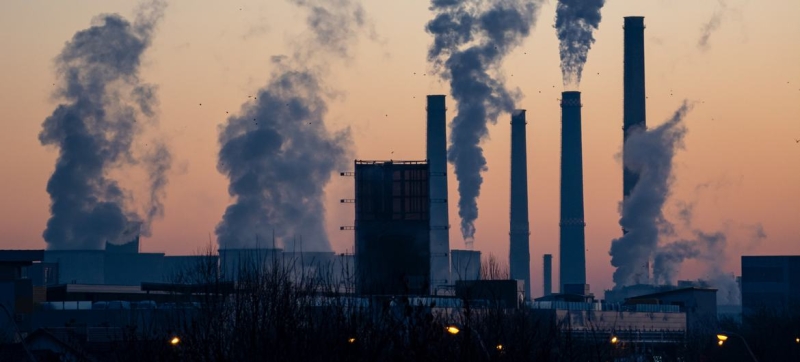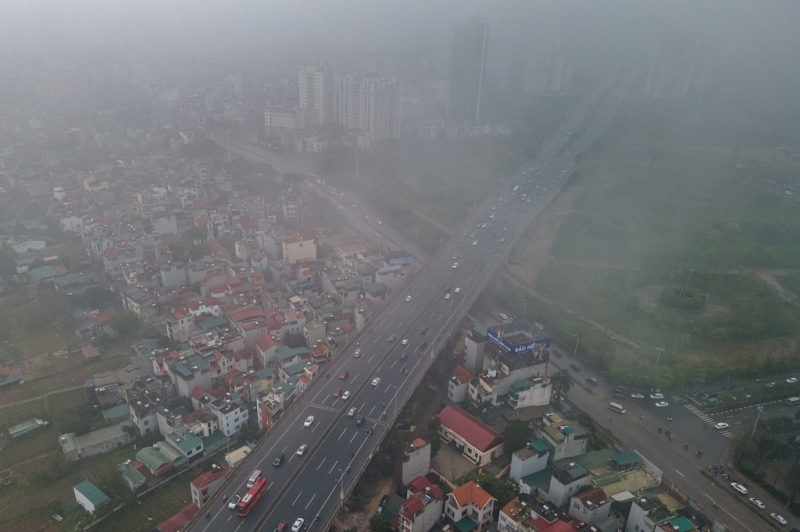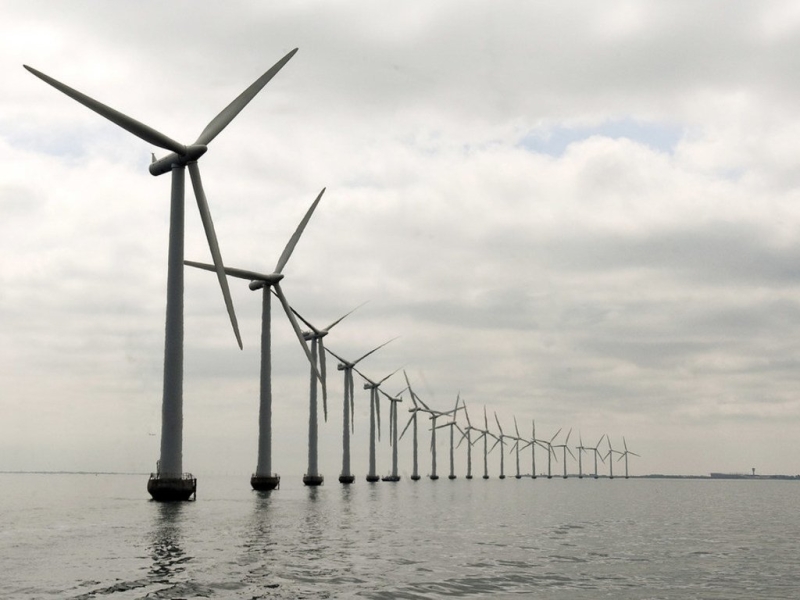
Fossil fuel power plants pollute the air with greenhouse gases that cause climate change. Tackling Air Pollution: How Asian Countries Can Save Lives and Boost Economic Development Climate and Environment
On September 7, the world celebrates International Day of Clean Air for blue skies. Air pollution is the most serious threat to the environment today, scientists warn.
For residents of East and Southeast Asia, air pollution has long been a common problem. More than 90 percent of the region’s 2.5 billion people breathe air that the World Health Organization (WHO) considers unsafe. Polluted air causes millions of premature deaths each year.
“Air pollution is one of the most serious health threats facing the region today,” said Dechen Tsering, head of the regional office and representative of the United Nations Environment Programme (UNEP) in Asia and the Pacific. “The good news is that it is not a difficult problem to solve. We know how to reduce air pollution – we just need to act.”
Types of Air Pollution
The two most dangerous types of air pollution in the Asia-Pacific region are fine particulate matter and ground-level ozone.
Fine particulate matter refers to a group of microscopic substances that are less than 2.5 microns in size – just a fraction of the thickness of a human hair. These particles are produced primarily by burning fossil fuels and biomass, such as trees. They are especially dangerous because their tiny size allows them to penetrate deep into the lungs and enter the bloodstream, causing heart disease and lung cancer, among other potentially fatal diseases.
Ground-level ozone is a gas formed when fuel vapors, chemical solvents, and other pollutants are heated in the sun. It is a major component of smog and has been linked to a range of respiratory diseases, including asthma, emphysema, and chronic bronchitis. It can also slow down photosynthesis, hindering plant growth.

Almost everyone who calls East and Southeast Asia home breathes polluted air.
Hazardous Regions
Almost everyone who calls East and Southeast Asia home breathes polluted air. According to UNEP partner IQAir, nine countries in the region were among the 40 most polluted in the world in 2023.
Flash data from UNEP showed that on a typical day in mid-August 2024, more than 98 percent of people in China, Japan, Laos, the Republic of Korea and Vietnam breathed in air with PM2.5 levels above World Health Organization guidelines.
Among regions, Southeast Asia, East Asia and Oceania had the second-highest rates of premature deaths from PM2.5 in 2021, behind only the Middle East and North Africa. Particularly hard-hit were China (2.3 million deaths), Indonesia (221,600 deaths), Myanmar (101,600 deaths), Vietnam (99,700 deaths) and the Philippines (98,200 deaths).
A series of recent UNEP-supported reports examined air pollution trends in Cambodia, Indonesia and Thailand. In these countries, air pollution from five common pollutants – carbon dioxide, nitrogen oxide, PM2.5, sulphur dioxide and ammonia – continues to increase.
The three countries could save a combined 230,000 lives by taking bold steps to reduce air pollution, the report says. The vast majority of those saved would be in Indonesia, where air pollution is expected to cause more than 200,000 premature deaths each year by 2030.
The same reports say the three countries could save nearly $60 billion in combined health care costs by 2030 by developing policies to tackle air pollution. These measures could significantly reduce hospitalizations related to asthma and respiratory illnesses.

Renewable energy sources make a significant contribution to the fight against global warming.
Combatting Warming
Cutting air pollution would not only save lives and money. It could also help countries combat climate change. That’s because many air pollutants, such as methane gas and black carbon monoxide (PM2.5), also trap heat from the sun, accelerating global warming.
Although these substances only stay in the atmosphere for a relatively short time, they cause much more warming per unit mass than the most common greenhouse gas, carbon dioxide.
By investing in renewable energy, setting stricter emissions standards and encouraging a shift to electric vehicles, Indonesia, for example, could improve air quality and cut greenhouse gas emissions by 650 megatonnes. That’s the equivalent of taking 130 million cars off the road.
Although the studies covered only three countries, their findings could apply to much of East and Southeast Asia, said UNEP’s Dechen Tsering.
“Too often, countries worry about how much it will cost to reduce air pollution,” she said. “UNEP data shows that inaction is more costly, both in human lives and in financial terms.”
